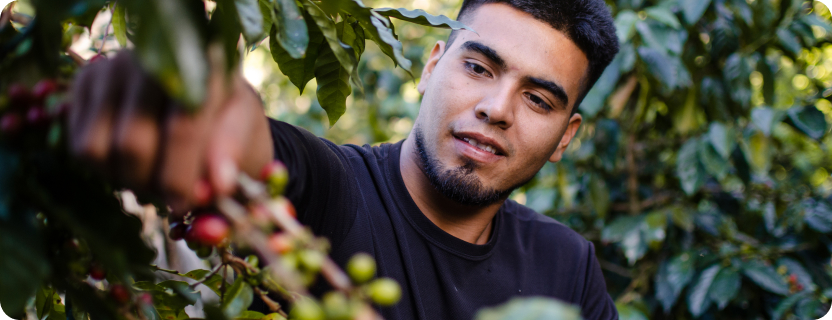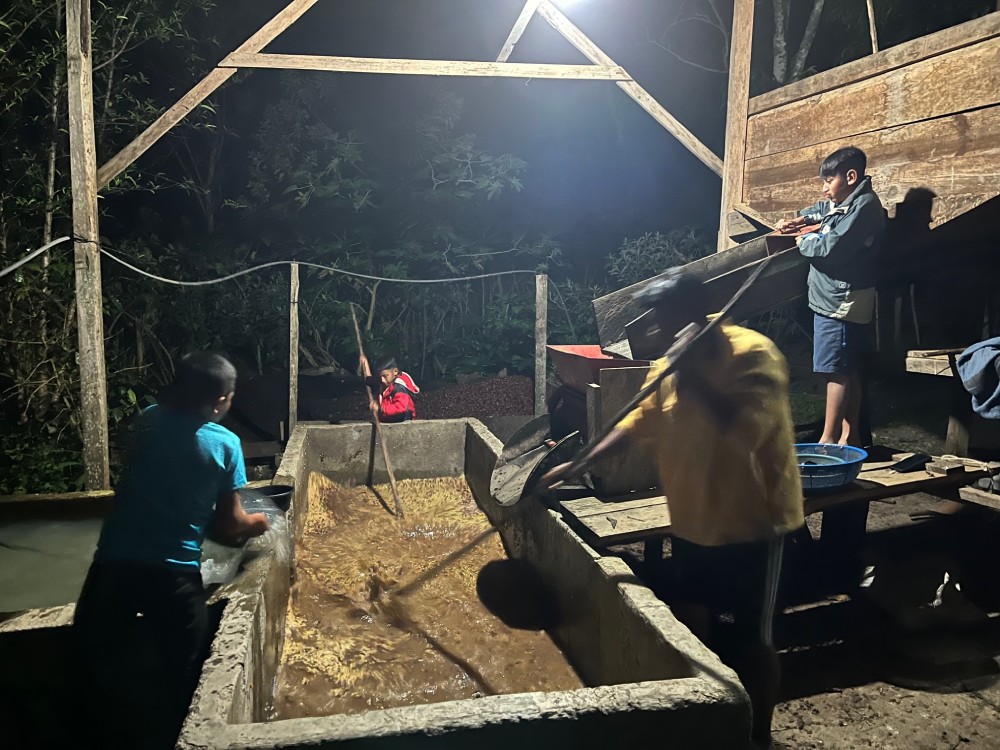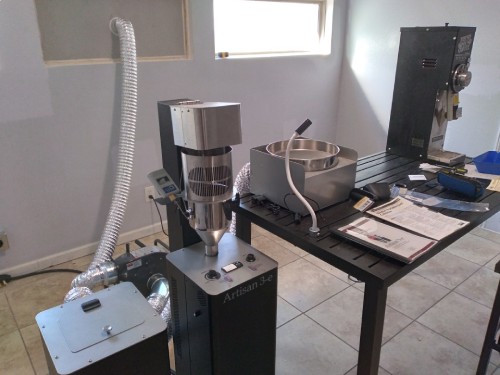Our Coffee
OUR COFFEE
Introduction
Honduras is known for producing world class coffee from six coffee producing regions. It is now the largest coffee producer in Central America and one of the largest in the world.
The Opalaca Coffee Region, in the Western Highlands of Honduras, is named for the Opalaca Mountain Range, and known for its fertile soil. Opalaca Coffee is produced in the heart of the Department of Intibuca, on small family farms. Intibuca is home to Honduras’ indigenous people, the Lencas, also known as “the jaguar people”. With challenging transportation accessibility, CAFÉ works with its network of small farms to make their special coffee available. Varieties of coffee trees grown, include Catuai, Pacas, Lempira, IHCAFE90 and Parainema trees, with a preponderance of Lempira trees. Coffee in around La Sorto is grown at Strictly High Altitudes in excess of 4,000 feet.
While producing coffee from higher altitudes is more labor intensive and expensive, the coffee is also sweeter, and fruitier. The cooler temperatures of La Sorto allow the coffee to grow slowly, producing denser beans, with a better, more complex flavor profile. The mountainous earth is perfect to grow coffee. Opalaca coffee has a unique complexity of flavors: tropical fruits, grapes and berries; a fine delicate acidity; delightful aroma and a balanced aftertaste.

Coffee Producer Jose Adonay examining coffee cherries
Photo credit: by AGM, Andreas Gabriela Mejia

Family members washing the coffee beans.
During harvest season, November to February, only quality, ripened red cherries, are picked, each containing two beans. The cherries are collected and undergo a washing process to remove the pulp and skin surrounding the beans to produce clean, quality beans, required for our Opalaca coffee. After further cleaning and sorting, the beans are fermented. The beans are next placed on clean surfaces for the sun drying process, where constant raking is necessary to reduce moisture content to optimize conditions for processing, storing and roasting.

Coffee Producer Jose Adonay sun drying coffee beans
After sun drying, the beans are visually inspected, tested for moisture and “cupped” to assess quality. Beans with cupping scores higher than eighty percent (specialty coffee) are selected and transported to the dry processing mill.
After further cleaning and sorting, the beans are fermented. The beans are next placed on clean surfaces for the sun drying process, where constant raking is necessary to reduce moisture content to optimize conditions for processing, storing and roasting.
The Coffee - Preparation of Green Coffee Beans
At the dry processing mill, the beans are machine processed to an exacting quality level that includes shape, size and integrity. A final cleaning, polishing, sorting and grading process, controls the quality and uniformity of the final product, critical for a uniform roast time, aroma and acidity level across the batch. The coffee is tested for moisture content and cupped to rate the quality of taste. Again, beans with cupping scores higher than eighty percent (specialty coffee) are selected for export and carefully packaged for shipment to the United States.

Coffee Roastery in Galveston, Texas
The Coffee - Roasting
The coffee is received In Galveston, Texas at the CAFÉ Roastery. The Roastery is located at the Albertine Yeager Youth Cultural Center, a Texas Historic Commission designated site and a former orphanage. The green coffee beans are stored in temperature-controlled storage rooms. The CAFÉ Roastery is a micro-roastery. Because we are working with smaller amounts of coffee, we are able to again examine green beans for quality before beginning an individual roast.
To ensure freshness, roasting dates are selected to minimize the time frame between completion of roasting, to dates for mailing of subscriptions. CAFÉ utilizes a fluid bed roaster to achieve optimal flavor and purity. The green coffee beans are roasted slowly, beginning at cool, room temperatures, slowly ramping up to higher temperatures, then heat is maintained in a range between the first and second cracks of the beans, to achieve either a medium-light or medium dark roast. Upon completion of each roast, the roasted beans are transferred to rapid cooling equipment which sustains moisture content and superb flavors for CAFÉ’s Opalaca Coffee.
THE FARMS - The People
Jose Adonay lives on a small coffee farm in the village of La Sorto, in the Department of Intibuca. He coordinates Opalaca Coffee production activities for CAFÉ on “micro lots” within the community. This includes the day-to-day activities of cultivating his own trees with great care and work with friends such as Gilberto, Milton, Hector and others, on their farms, to produce CAFÉ’s exceptional coffee.
Subscribe to Coffegram
In order to improve quality and sustainability of coffee farming, CAFÉ has established a relationship with Volcafe Way, a farmer support program provided by Volcafe, a world-wide coffee trader. Technical assistance is made available on their demonstration farm, Finca Las Moras, in Siguatepeque, Honduras, where Jose and our producers learn best practice strategies for use in La Sorto.

